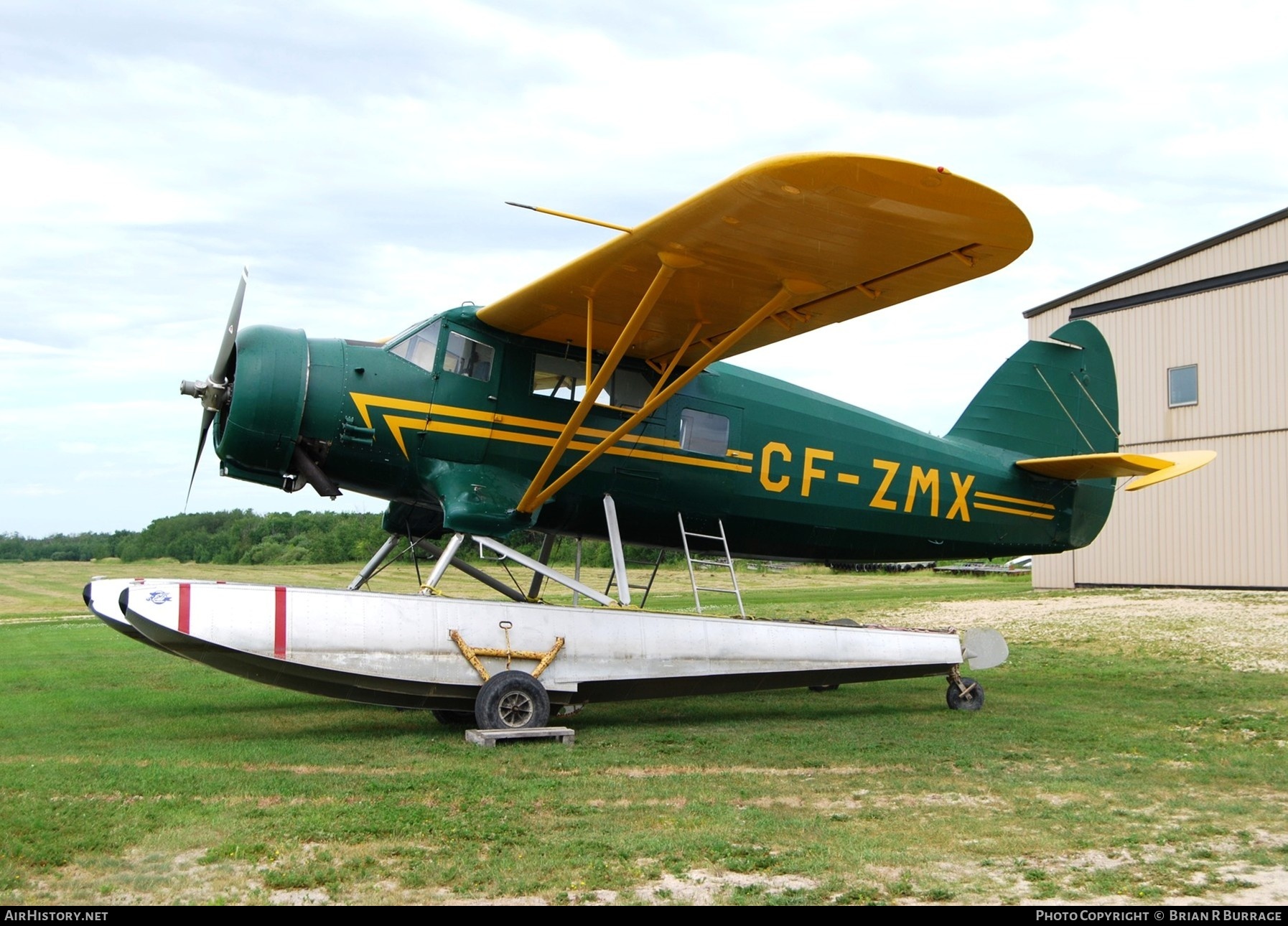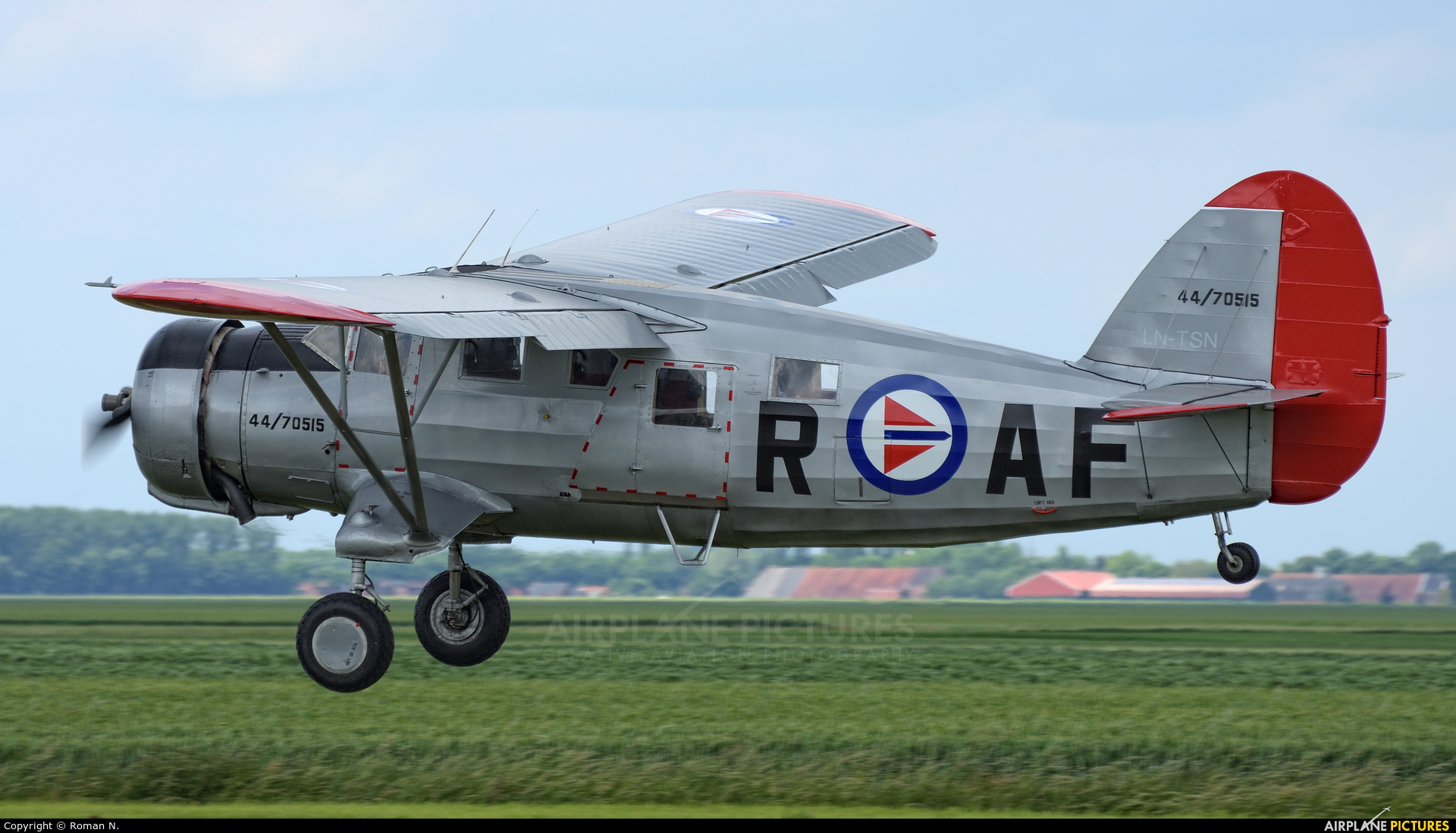Norseman Aircraft - The reliable Noorduyn Norseman bush plane has consistently answered the call since its launch in 1935. Here a Norseman operated by Chimo Air Service flies west of Red Lake, Ontario, in 2017. (Rich Hulina/Caught Flying Bush)
Designed and built in Canada in 1935, the Noorduyn Norseman set the standard for all subsequent bush planes to follow.
Norseman Aircraft

"Go to the Great White North" was the catchphrase of Bob and Doug, the Canadian comedians of the "McKenzie Brothers." If ever a plane was created to do this, it was the Noorduyn Norseman. Designed and built in Canada for Canada, the Norseman was a simple and reliable aircraft designed to go places others could not and under conditions that would leave others stranded. Norseman started doing it in 1935 and, to this day, few still do.
Noorduyn Norseman Aircraft Report 1/ 4/ 2022 J
The creator of the Norseman, Robert Bernard Cornelius Noorduyn, was born in Holland in 1893 to a Dutch father and a British mother. Noorduyn spoke many languages and the disadvantage of losing a leg at a young age did not prevent his great distinction. He studied aviation in Germany in 1912 before moving to Britain in 1913. He began his career during the First World War, working first for Sopwith and then for British Aerial Transport under Dutch aircraft designer Frederick "Frits" Koolhoven.
When the B.A.T. Folded after the war, Noorduyn returned home to work for another Dutch aircraft designer, the legendary Anthony Fokker. In 1920 Fokker sent Noorduyn to the United States to head his new American company, the Atlantic Aircraft Corporation, in Teterboro, N.J. “Fokker kept a low profile in the United States. he explained. “I was working for the Allies and he was working for the enemy. I was welcomed and he didn't agree."
When Fokker visited the U.S. in 1925, Noorduyn helped draw up the plans for a high-wing, single-engine cabin monoplane transport, the Atlantic Aircraft Model 4. By 1926 Noorduyn had sold seven Fokker Universals (as they were known) in Canada as bush planes, where, he noted there, "beyond the expectations of their drivers." In 1929 he went to work for Bellanca, with whom he designed two other high-flying, single-engine aircraft, the Skyrocket and the Pacemaker. Those planes found favor with Canadian pilots. Noorduyn changed jobs again in 1932, this time to work on Harold F. Pitcairn's new autogiro design.
In 1934 Noorduyn moved to Montreal to establish his own aircraft manufacturing company. Having already created a few popular bush planes, he chose to tackle that difficult task rather than try to compete with major aircraft manufacturers for aircraft contracts. To that end Noorduyn makes a point of inviting forest pilots to discuss their special requirements, as well as to test his aircraft designs and models and suggest any improvements that should be made.
Norseman Aircraft Black And White Stock Photos & Images
Noorduyn understood that flying in the jungle was different from flying in an airline. While both required professional pilots, bush pilots needed to be able to operate in remote areas for long periods of time under extreme weather conditions. In addition, the jungle plane had to be part taxi driver, part truck driver, part ambulance driver, porter, part navigator, part mechanic, part meteorologist and part desert survivor. Bush's planes had to be light enough for the pilots to take care of the field with everything they had, without access to airfields. The plane had to perform equally well on wheels, floats or ice to be able to fly over rough airfields, lakes and rivers or arctic ice and snow. It was also necessary to accommodate passengers and all types of cargo, with doors large enough to accommodate large items such as oil drums. The high wing configuration was preferred to keep the wings free of obstructions on the ground or near the docks and to facilitate cargo handling. A jungle plane also had to be affordable and efficient to be profitable.
Unlike commercial planes, bush planes didn't have to be big or fancy. In fact, single-engine aircraft were preferred because most multi-engine models were too large, complex and expensive. Maximum cruising speed was not a priority; as one forest driver said, "You have to be faster than a dog sled." However, bush planes required a lot of power to fly in and out of the small fields in the remote areas they provided.
The Norseman model flew for the first time on November 14, 1935, and landed in St. Lawrence also quickly demonstrated good handling characteristics in water and air. Since the Curtiss-Wright Corporation provided much of Noorduyn's financial support, the prototype and the first few Norsemen produced were powered by 420 hp Wright R-975 Whirlwind radial engines. That engine, however, was insufficient, and was soon replaced by the 550 hp Pratt & Whitney R-1340 Wasp, which later versions increased to 600 hp. Although that improvement added weight to the aircraft, thereby reducing cargo capacity by a small amount, bush pilots considered it an acceptable trade-off for improved takeoff performance and the ascent

The fuselage is made of welded steel tube, with wooden stringers and covered with fabric. The wings were made of wood with control surfaces made of metal. They were also movable flaps to reduce take-off and landing speeds, a first for a Canadian-built aircraft. The 170 cubic foot Norseman cabin can accommodate up to 10 people. A large fuselage door provided convenient access for cargo or passengers and a comfortable sleeping area with an additional door on each side. The empennage was large enough not to require additional tail area when the aircraft was equipped with floats.
Norseman Aircraft Hi Res Stock Photography And Images
Noorduyn sold only 17 Norsemen before World War II. Due to slow sales of new aircraft due to the Depression, that number was considered a success. However, the start of WWII greatly increased demand for all aircraft, including an order for 94 Norsemans from the Royal Canadian Air Force. Originally intended for those who train sailors and radio operators, they have proven useful in rescue and transport operations.
However, Norseman's single largest customer was the United States. When the Army Air Corps was asked to expedite the delivery of aircraft and military supplies to Britain via Greenland, General Henry H. "Hap" Arnold sought advice from veteran Norwegian pilot Bernt Balchen . The newly commissioned Colonel Balchen overcame Arnold's strong "buy American" bias by explaining that the United States had produced nothing comparable to the Norseman by supporting operations in rugged and remote areas such as Greenland and Alaska. As a result, the Norseman became one of the few foreign-built aircraft used by the U.S. during the war. In fact, of the 904 Norsemans that were eventually produced, 749 were initially built for the Army Air Forces as C-64s and UC-64s (although the Norseman was technically too large to qualify for the latter term "utility").
Although far from the most spectacular aircraft in the AAF establishment, the C-64 has served reliably all over the world—not just in temperate climates. Frank Davis, a regular C-64 pilot, recalls his experience with the plane: "During the Second World War I flew several hundred hours for the Norsemen in India and Burma, a combat zone where we were we use very short strips carved from the jungle. . In the thousands of hours that our Norsemans have flown, I do not remember any accidents resulting from aircraft damage. My personal problems came from a replacement engine from the States with a four-stroke rebuild—no longer suitable for flying in the US, but OK! It almost cost me a few times (cutting, but able to start again). We didn't know what weight and balance was—we just filled them full of things, gas drums, wounded soldiers, Jap prisoners, whatever, and hoped to clear the trees. Crossing the high mountains in the heat was a challenge, but eventually, and sometimes, we succeeded. The plane did its job, and I'm glad our organization had the wisdom to use it."
The Norseman does much of his work, as Thomas Hardy used to say, "away from the madding crowd." One of the few notable events in its career was its infamous role as the plane in which squadron leader Glenn Miller disappeared while flying from Britain to France on 15 December 1944. X 'exactly happened remains a mystery, but when his C-64A. the weather became so bad that almost everything was at a standstill. In 1987 an English fisherman raised the wreckage of a Miller-like plane from the bottom of the English Channel when it was caught in his nets, but it returned to the sea. The International Group for Historic Aircraft Recovery (TIGHAR), famous for its long-term search for Amelia Earhart's plane, has expressed an interest in finding and recovering the wreckage.
Aircraft Photo Of 3523
The only other Norseman escut involved the death of the 31-victory Canadian fighter George F. Beurling. After surviving WWII, Beurling volunteered to fly in the new Israeli Air Force. On May 20, 1948, before this he was testing a Norseman plane
Norseman aircraft for sale, norseman bits, norseman resort, norseman drills, norseman dublin, norseman marine, norseman trucking, norseman motors, norseman building, norseman ogunquit, norseman tarps, norseman
0 Comments